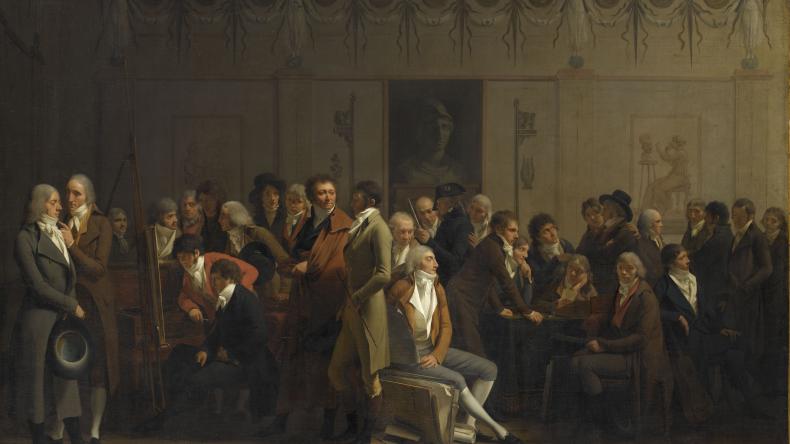Nestled in the renowned Marais neighbourhood in the centre of Paris, the Cognacq-Jay museum is located in the Hôtel Donon, a historic private mansion built in 1575 for Médéric de Donon, adviser and general controller of royal buildings.
Subsequently home to the Mairat family and then Hénault de Tourneville, it was bought by the city of Paris in 1974. From 1981 the Hôtel de Donon was renovated and completely restored to its original state.
The Cognacq-Jay Museum presents 18th century works acquired between 1900 and 1927 by Ernest Cognacq, founder of the Grands Magasins de la Samaritaine and his wife, Marie-Louise Jaÿ. In 1928 Ernest Cognacq bequeathed their collections to the City of Paris in order to present the Age of Enlightenment to the general public. Opened in 1929 in a building adjoining the Samaritaine department store, the museum moved to the Hôtel Donon in 1990.
The 18th century with a 20th century perspective
The unique Cognacq-Jay collection is regularly enriched thanks to acquisitions in line with the vision and taste of an early 20th century collector for whom 18th century arts were considered essential for any prestigious interior.
A delightful space in the heart of Paris
Although Ernest Cognacq did not bequeath the entire collection, 18th century French society and art is nonetheless particularly well represented in the Cognacq-Jay museum.
Louis-Léopold Boilly (1761-1845), urban 18th century Paris
The exhibition presents some 130 singular works depicting the City of Lights during a troubled period in the History of France.
When Louis-Léopold Boilly arrived in Paris in 1785 at the age of 24, he was fascinated by the industrial and urban evolution of the city which rushed, during these years of economic and social trouble, into a frenzied industrial revolution.
Through his paintings he presents a glimpse of the effervescence of daily life during a period which, despite its unquestionable impact on the History of France, is very little documented.
A glimpse of urban reality
Boilly set himself up as both the portraitist of Parisians and the chronicler of this rapidly expanding city’s neighbourhoods. He readily doubled up as a caricaturist, a previously “underground” technique that had been banned by the censorship of the Ancien Régime and was revealed in all its splendor from the 1790’s on.
The artist often appeared in his crowd scenes, and throughout the exhibition, the visitor is guided, in a fun treasure hunt, to find his face or clues indicating Boilly’s presence.
District Immobilier



